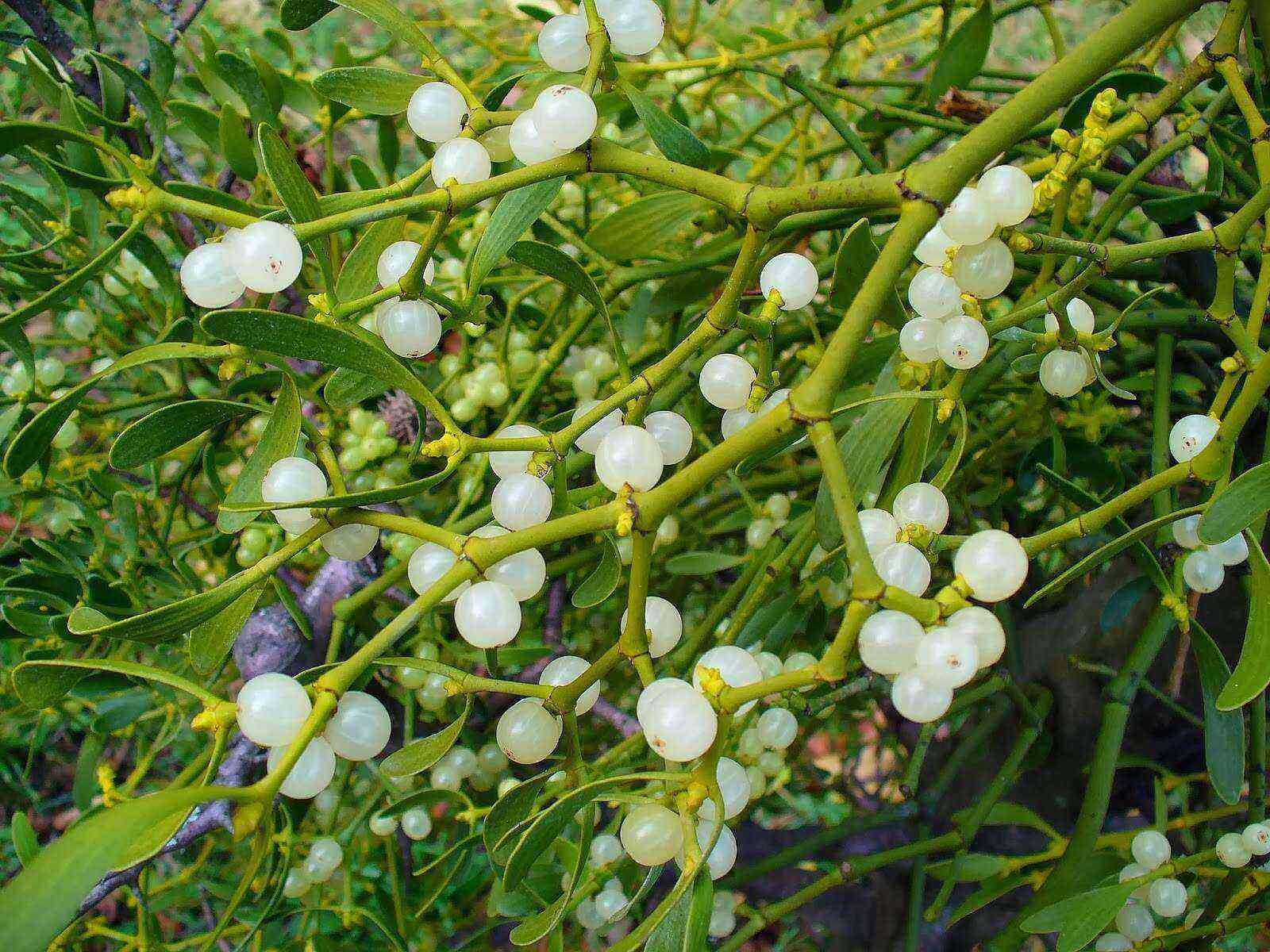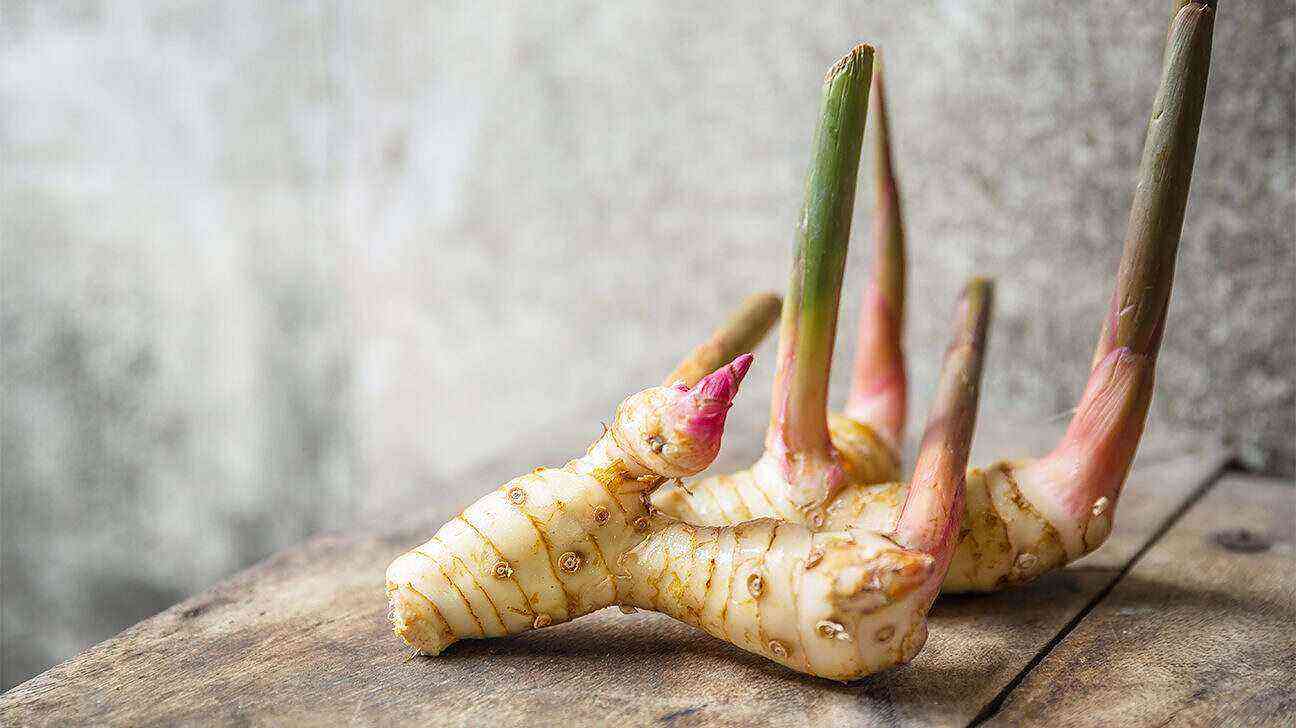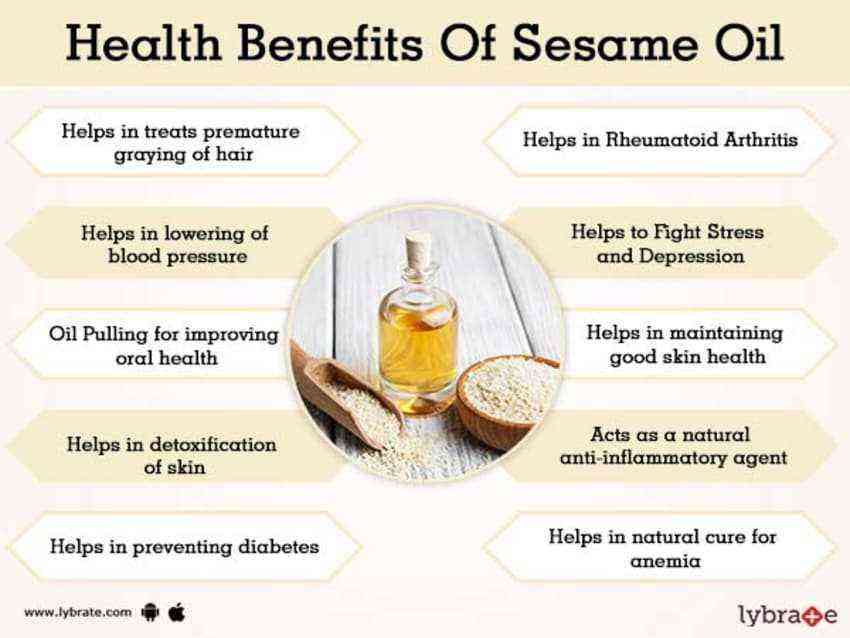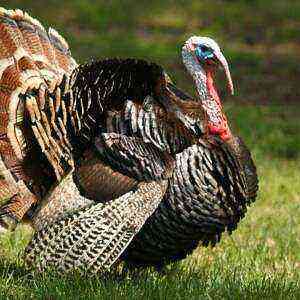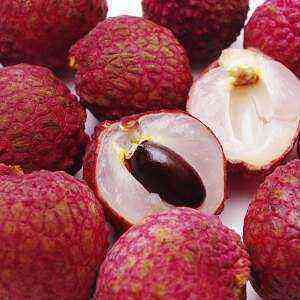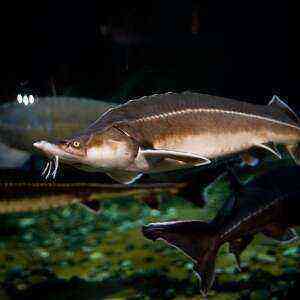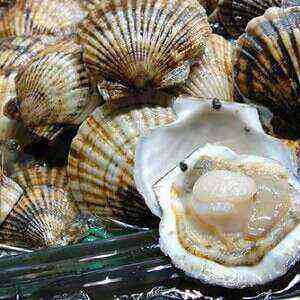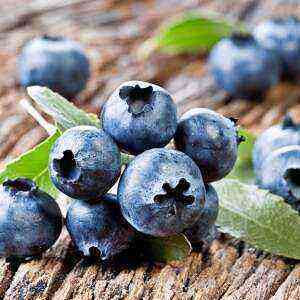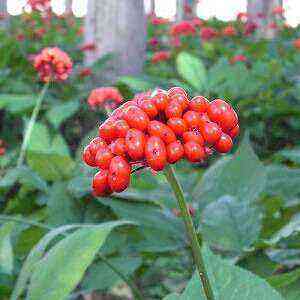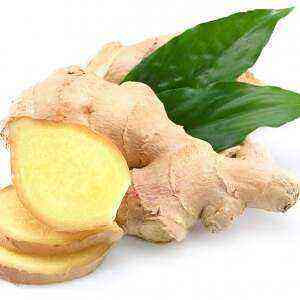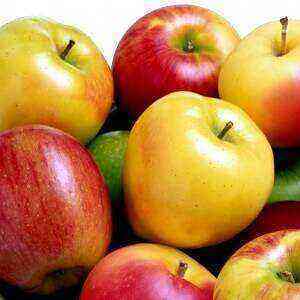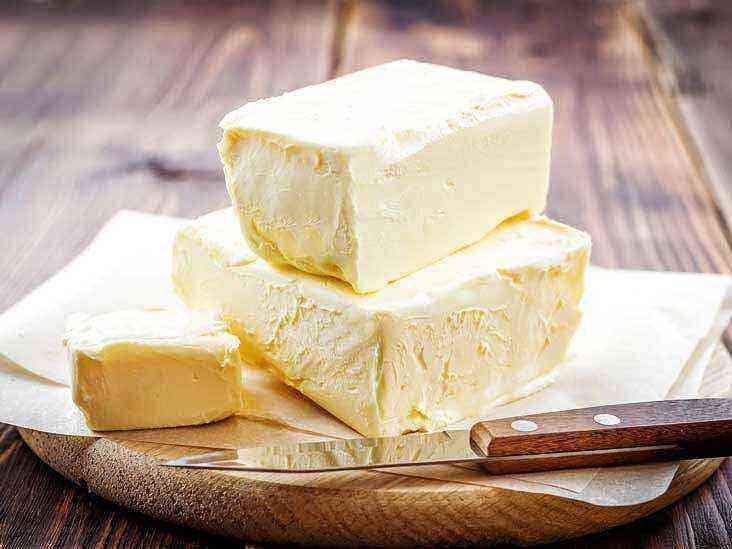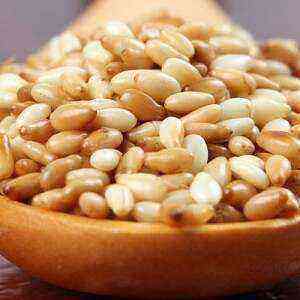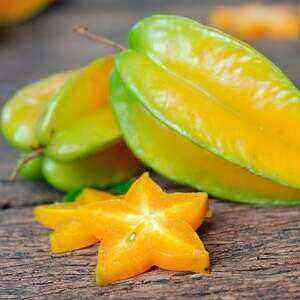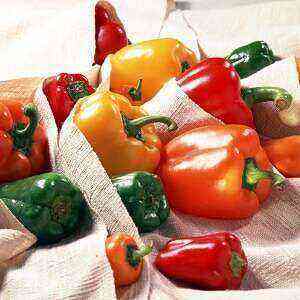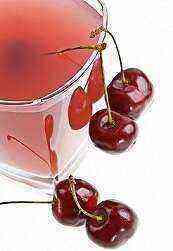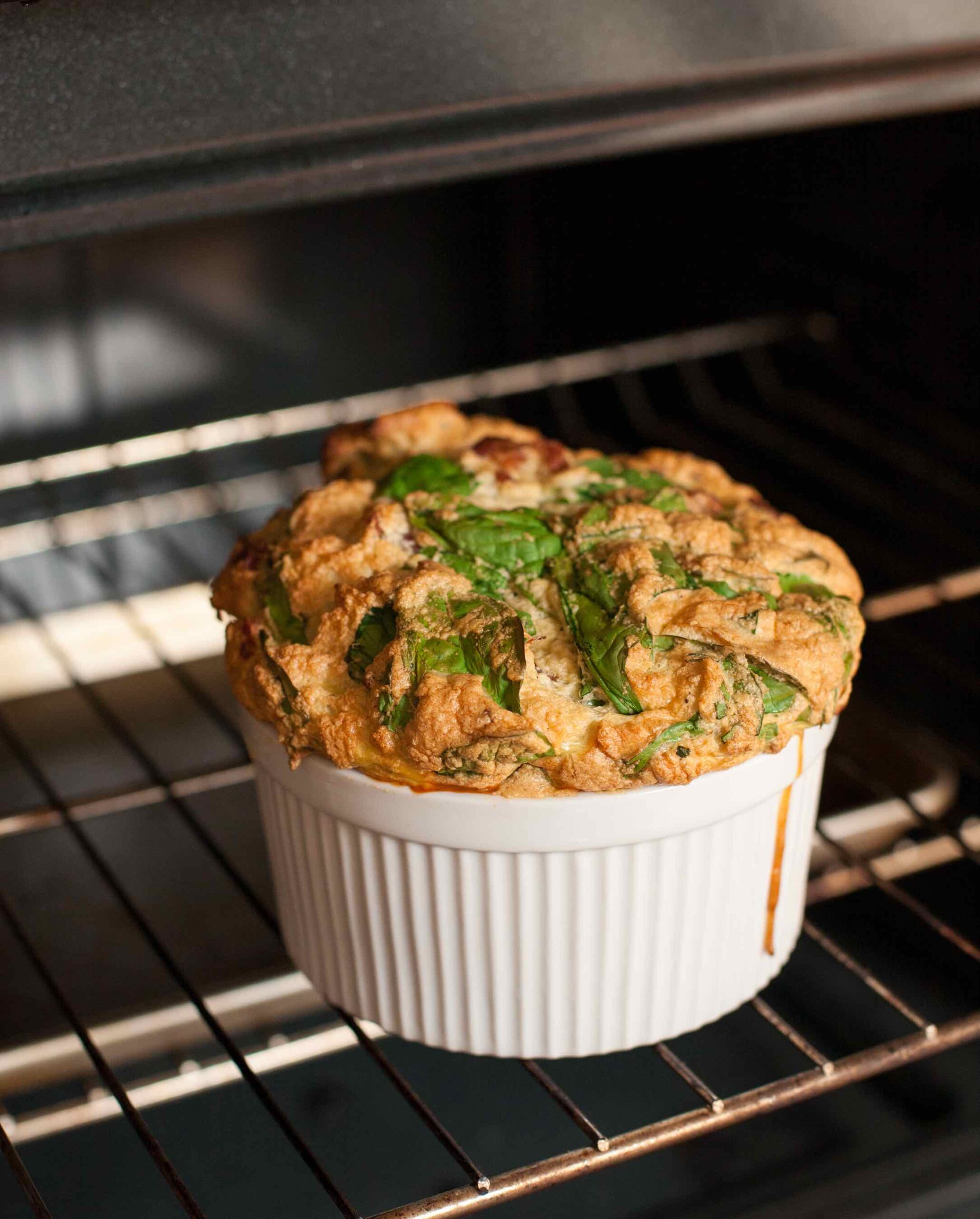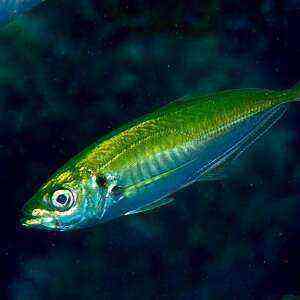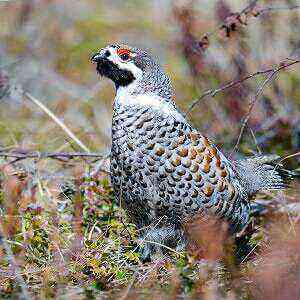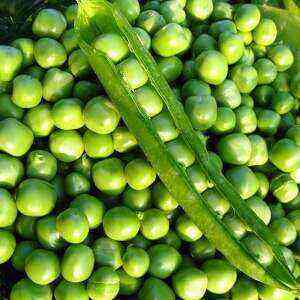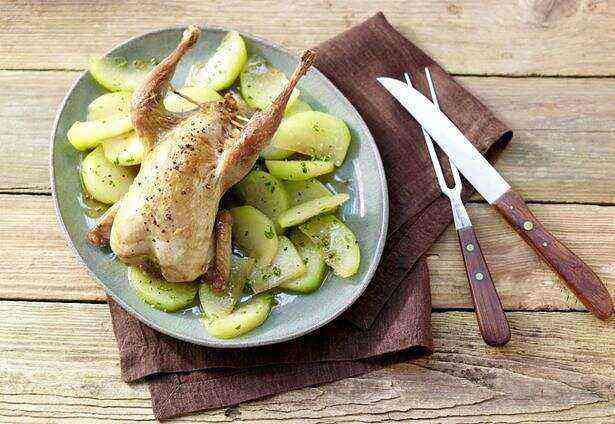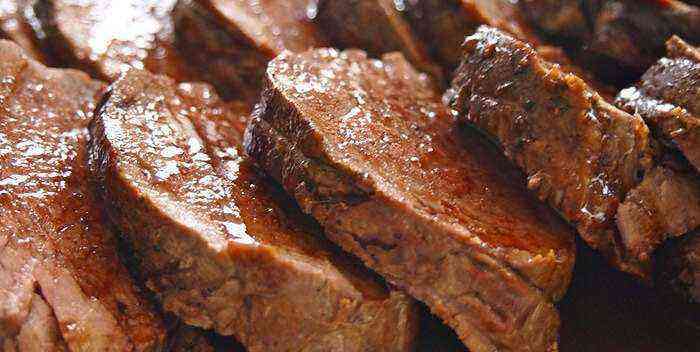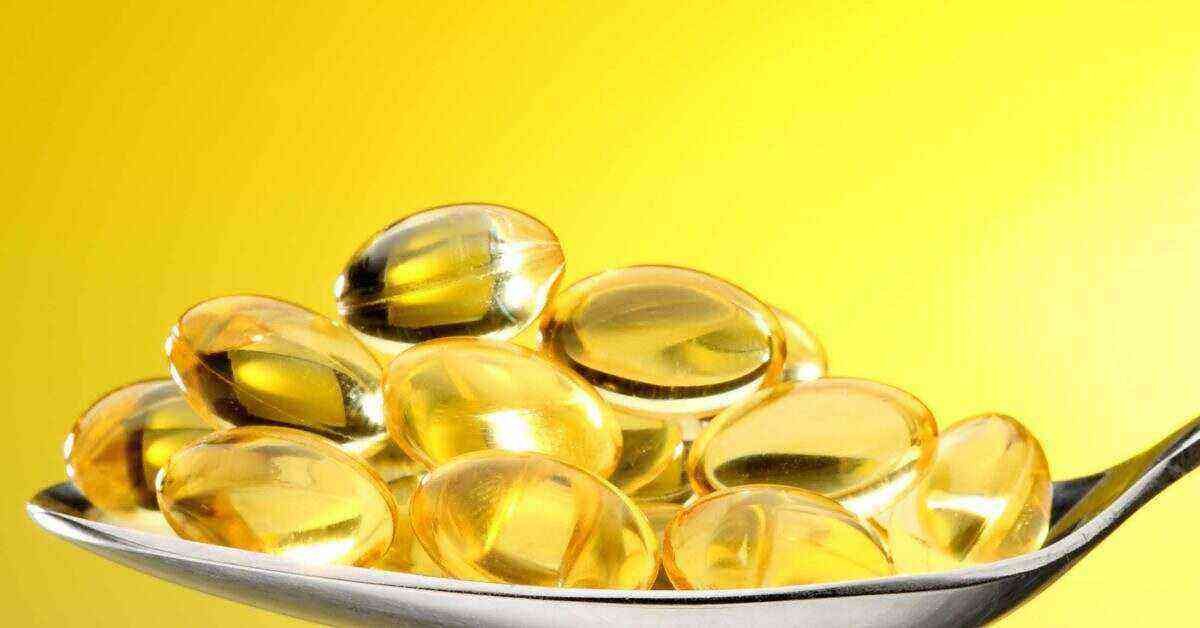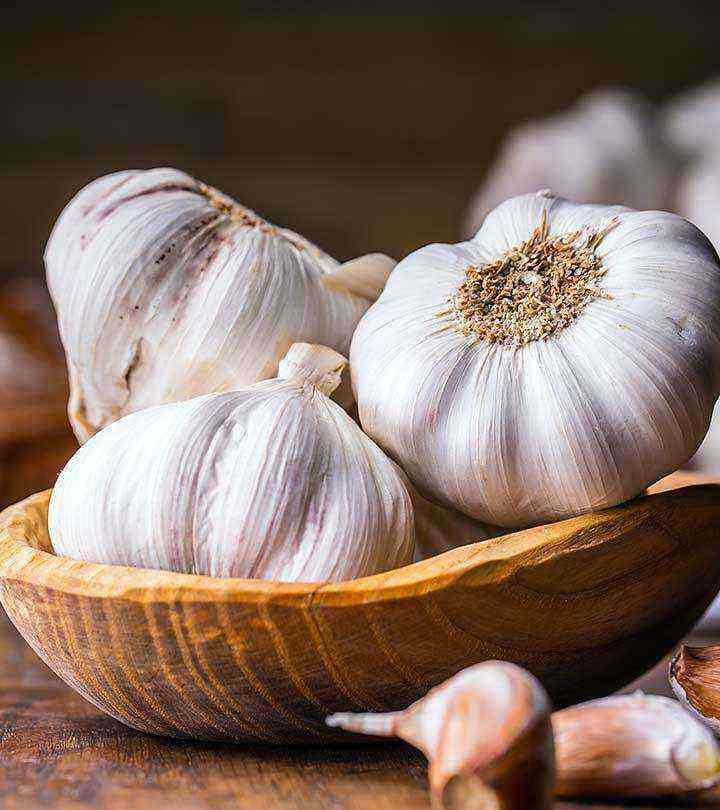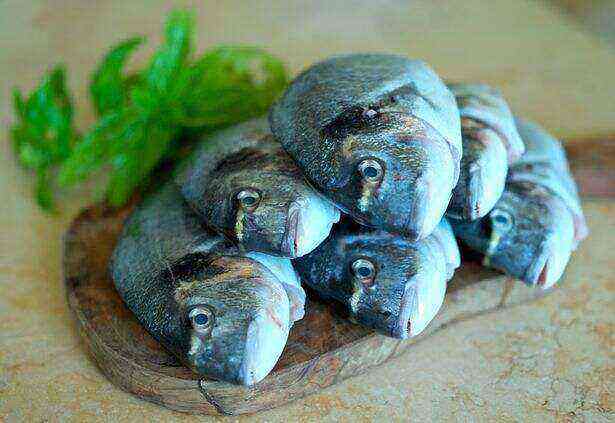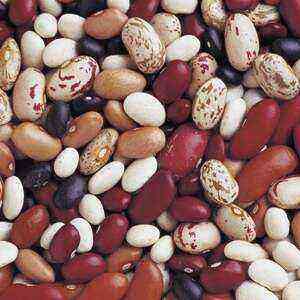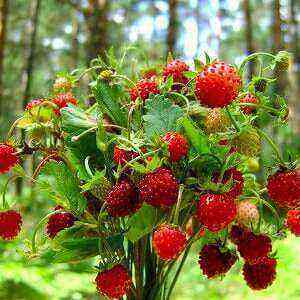Purslane, or garden purslane (lat.portulaca oleracea) is a herbaceous plant of the purslane family. The plant is considered Eurasian; the exact homeland is unknown, but it has been established to be from the tropical regions of the eastern hemisphere. Grows in regions with warm climates. We can be found in the Caucasus, Transcaucasia, in some areas of the European part of Russia, as well as in the Far East.
Purslane loves moist sandy soil, grows on the banks of reservoirs, in fields, in the steppe, along roads. It blooms with beautiful yellow flowers and is often bred for decorative purposes in gardens and backyards.
Purslane composition
Purslane is considered to be a vegetable crop, the ground part of the plant contains: carbohydrates, proteins, natural sugars, organic acids, fatty acids, vitamins and trace elements, alkaloids, saponins, glycosides, tocopherols. The leaves are rich in the following substances: zinc, copper, nickel, manganese, calcium, ascorbic acid, vitamin PP, phylloquinone, iron, a high amount of carotene.

